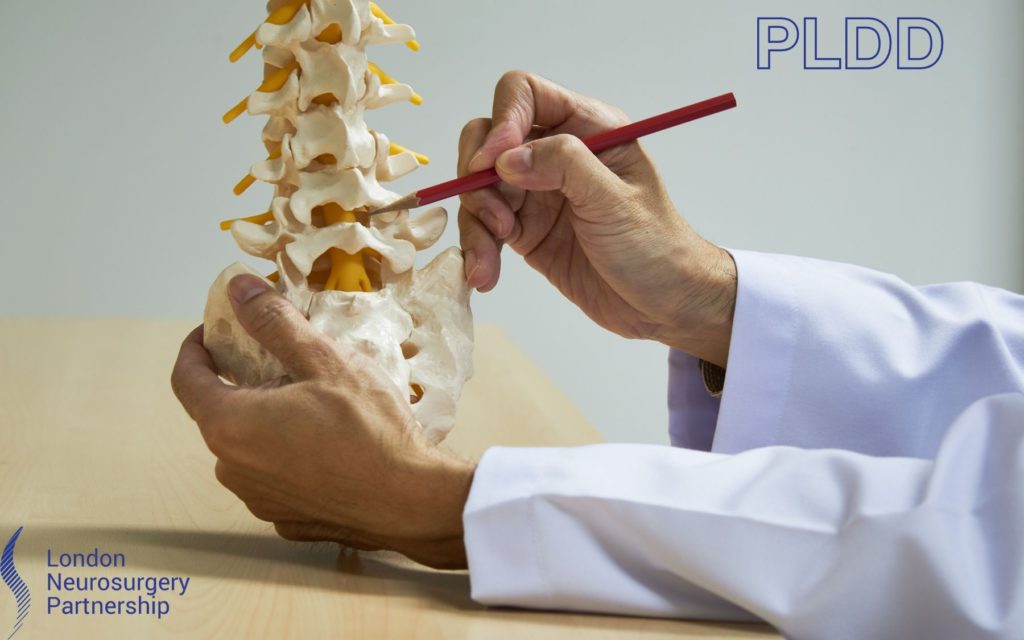
PLDD or Percutaneous Laser Disc Decompression is a new minimally invasive technique. Mr Malik, one of the UK’s leading minimally invasive spinal surgeons, discusses what this exciting new procedure is, what is it used to treat and how it works. Mr Malik introduced endoscopic spine surgery to the UK and is one of the first surgeons to adopt this percutaneous technique.
Back pain is one of the leading causes of disability worldwide. One of the major causes of chronic lower back pain and sciatica is a herniated disc where the discs of the spine put pressure on the nerves causing pain in the back and down the leg.
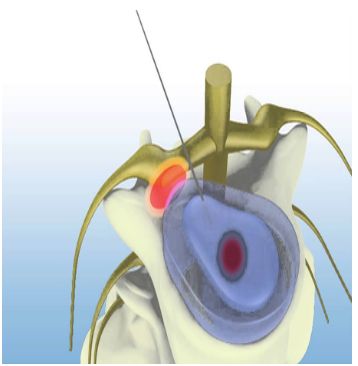
Percutaneous Laser Disc Decompression or PLDD is a relatively new treatment. It is truly a minimally invasive procedure which involves insertion of a micro-needle, under x-ray guidance, via the foramina into the centre (nucleus) of the disc. A thin fibre is inserted through the needle into the disc and it is this fibre which delivers the laser energy to the disc nucleus. The thermal energy from the laser heats the disc to evaporate excess water, shrink the disc and release the pressure on the surrounding nerve to relieve the pain.
One of the biggest benefits of PLDD is that patients can be treated as outpatients meaning that they can go home the same day as the procedure. It is performed under local anaesthetic because the procedure is minimally invasive and doesn’t require a large incision or muscle disruption (like open spine surgery). The rehabilitation with this procedure very quick and the patient can be discharged within 24 hours.
The main indications for this procedure are:
- Back pain
- Contained disc which is causing compression on nerve root
- Failure of conservative treatment including physio and pain management
- Annular tear
- Sciatica
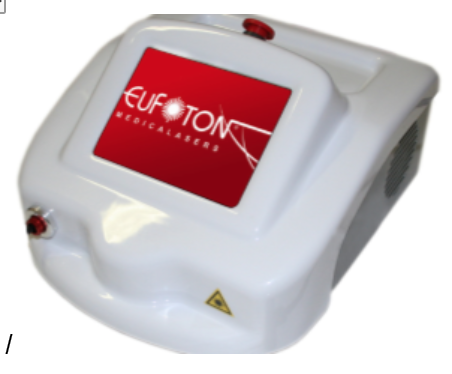 The benefits of PLDD include:
The benefits of PLDD include:
- No soft tissue injury
- No epidural scarring
- No excessive hospital stays (mostly just outpatients)
- No general anaesthesia
- Minimal recovery time
This article is intended to inform and give insight but not treat, diagnose or replace the advice of a doctor. Always seek medical advice with any questions regarding a medical condition.


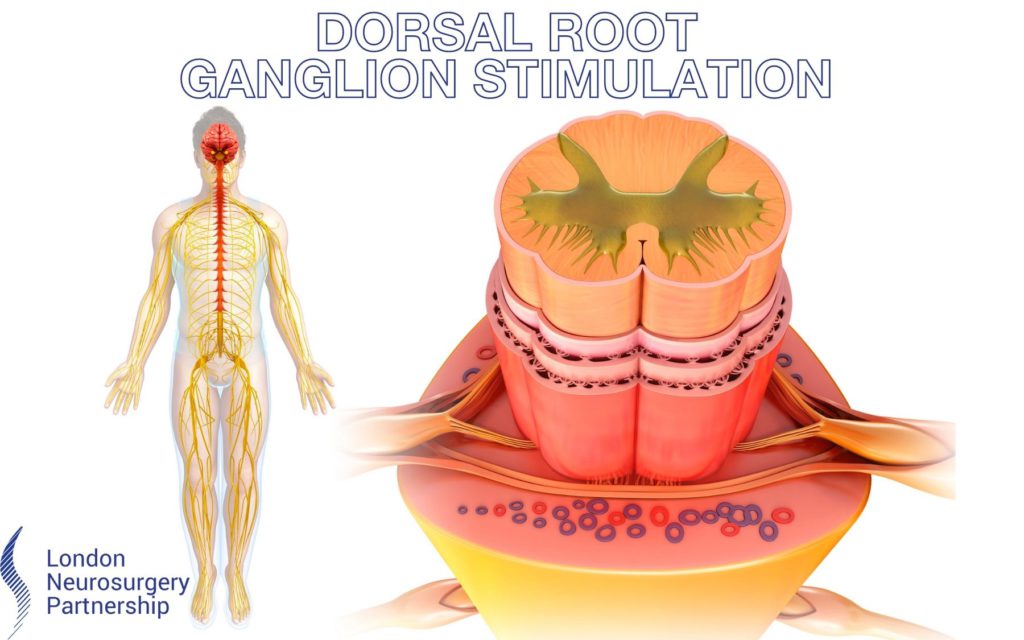
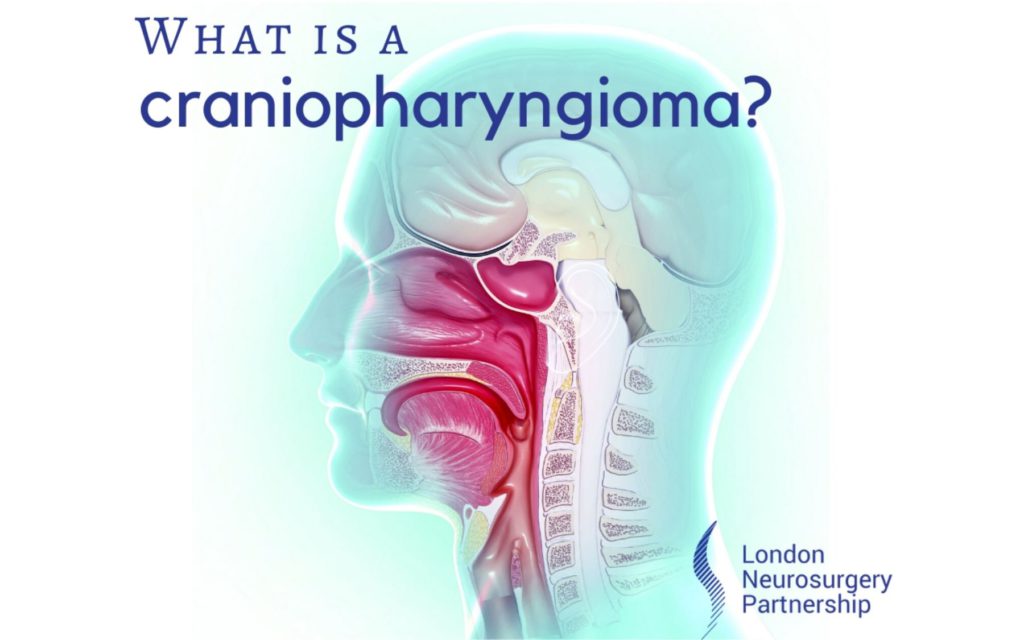
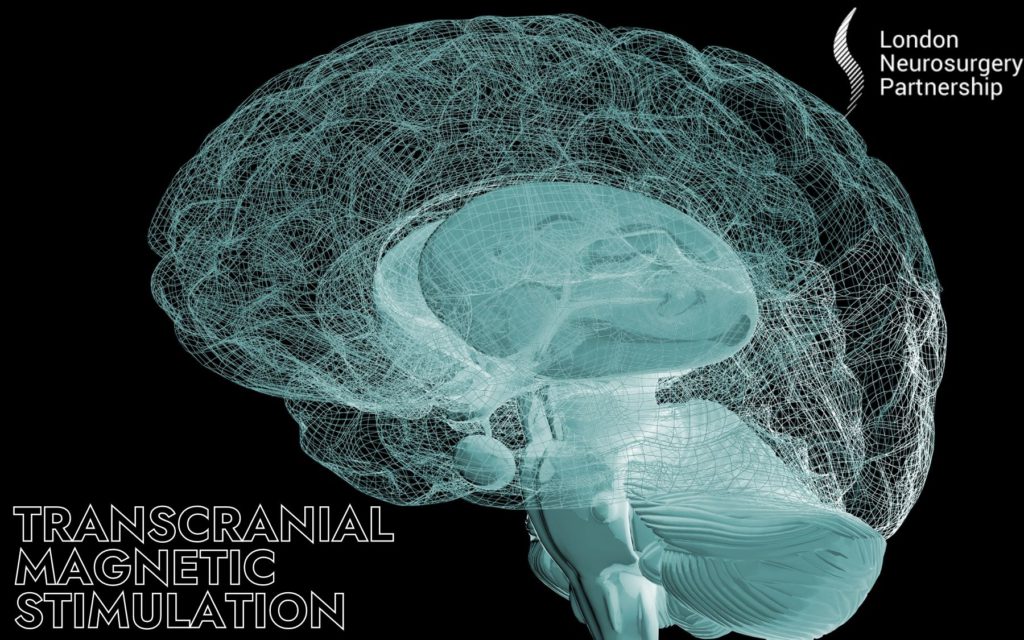
0 Comments